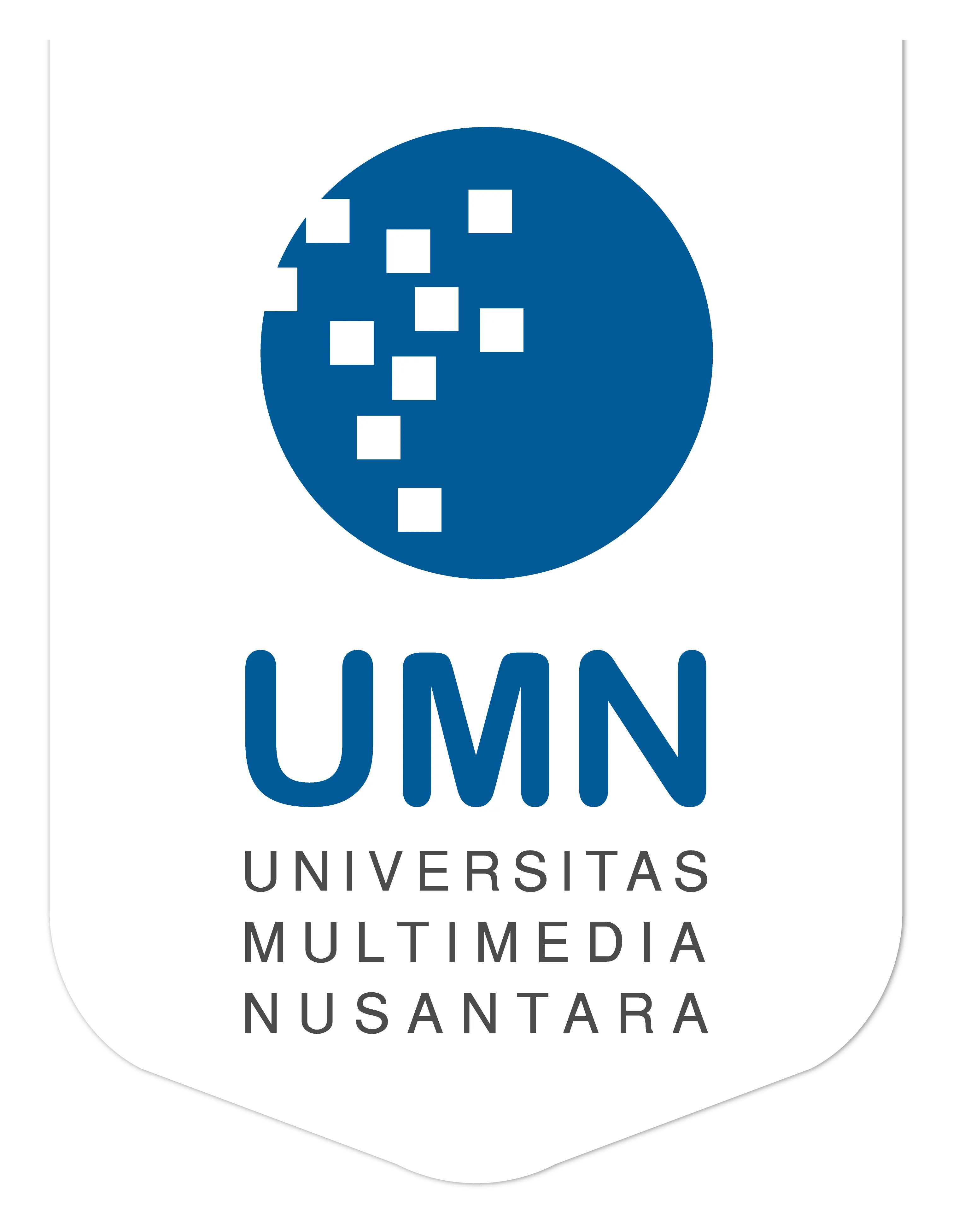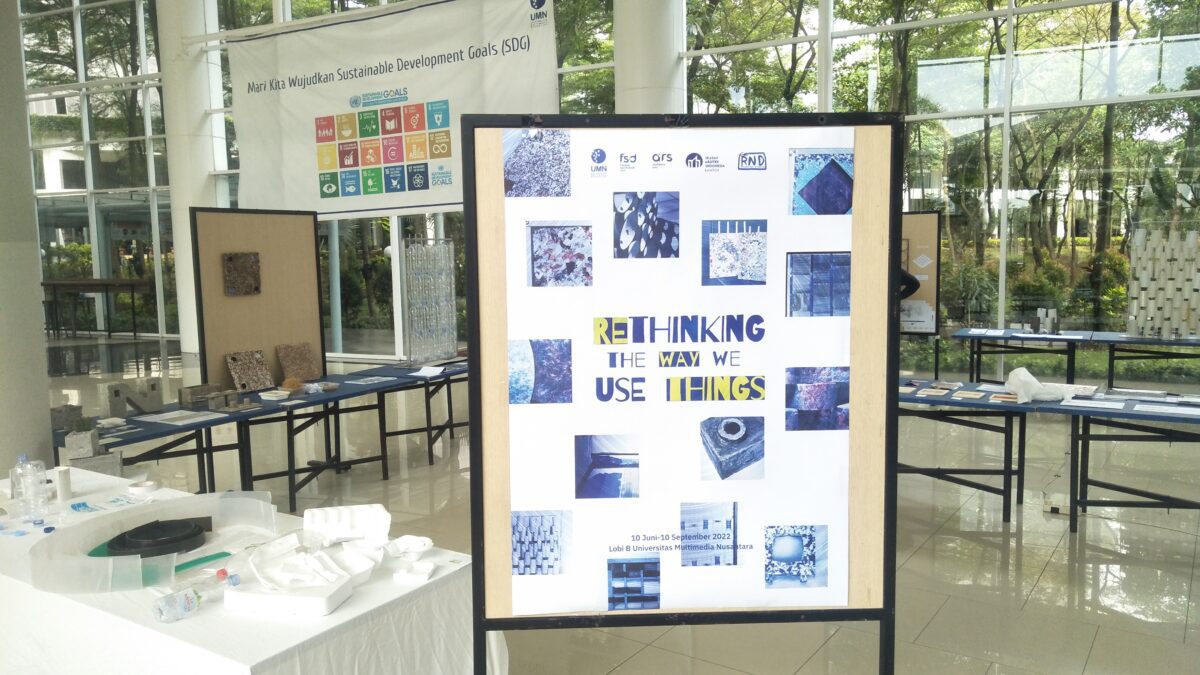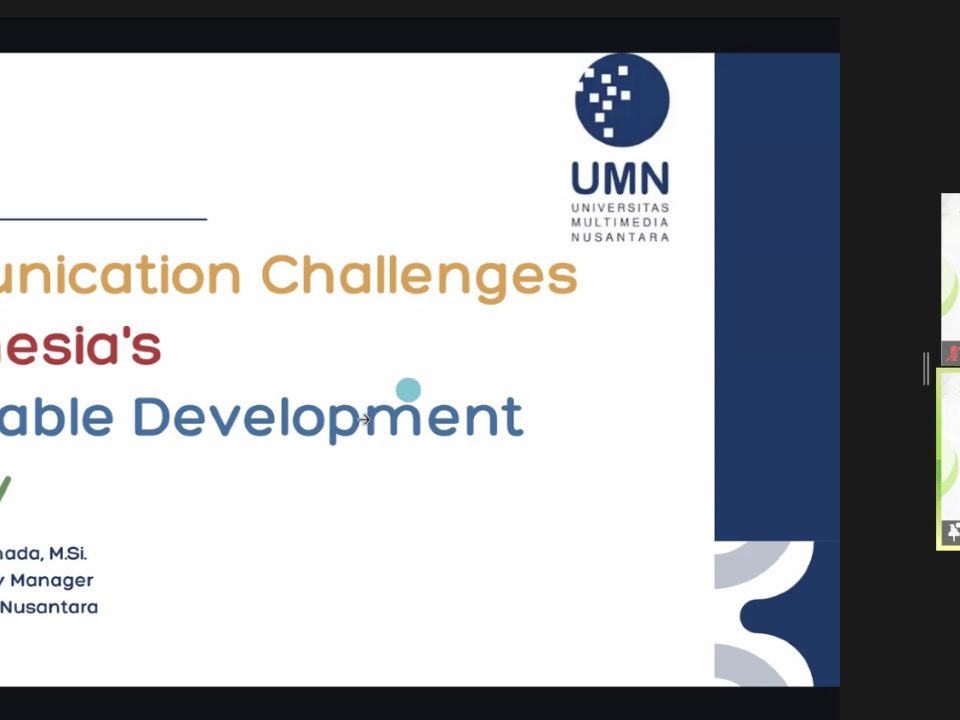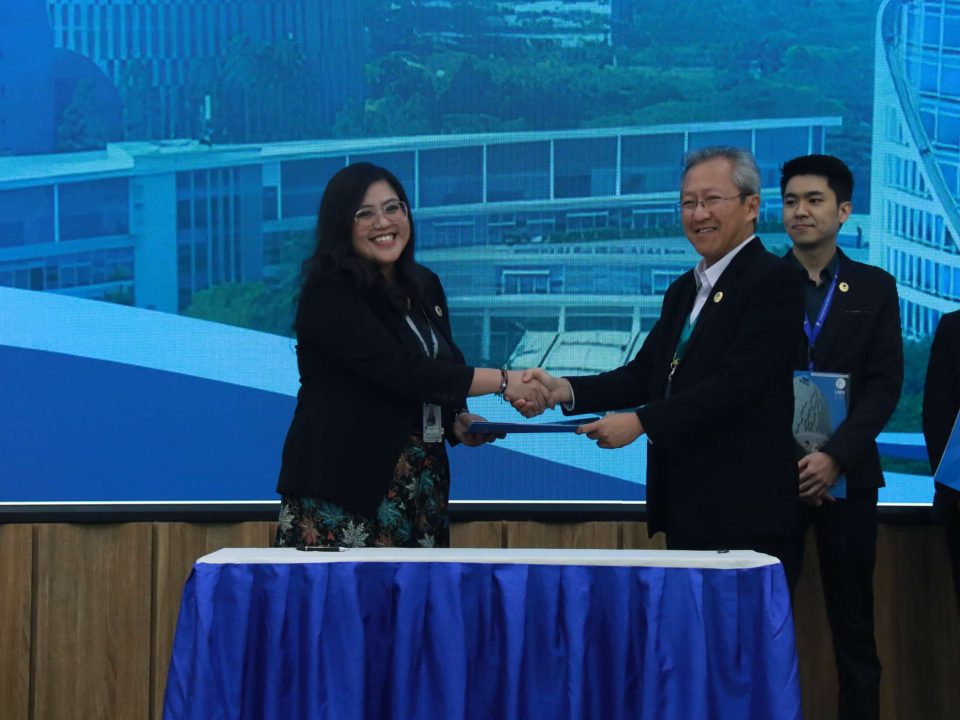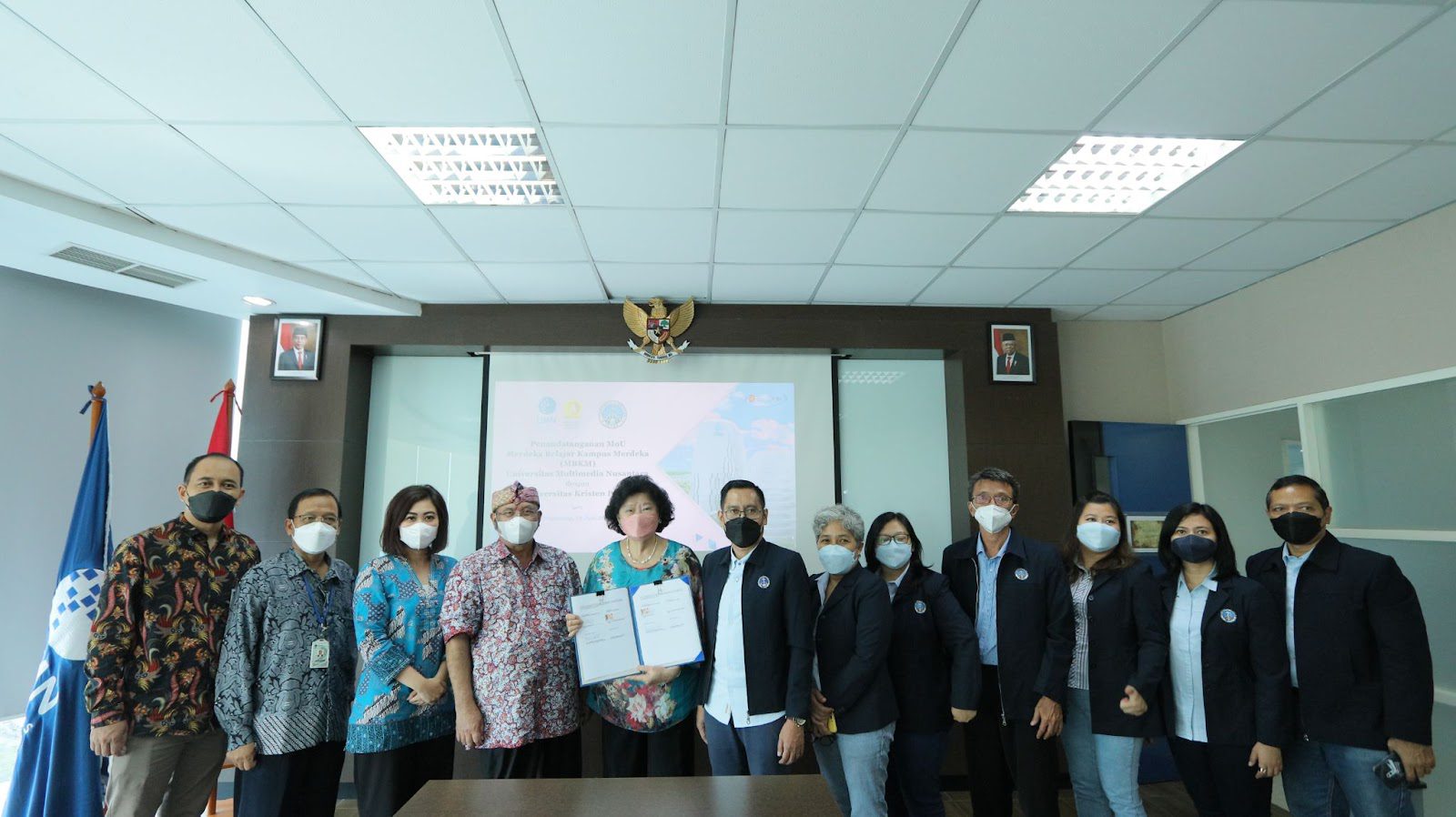
UMN Collaborates with Petra Christian University to Develop the Independent Campus Program
June 26, 2022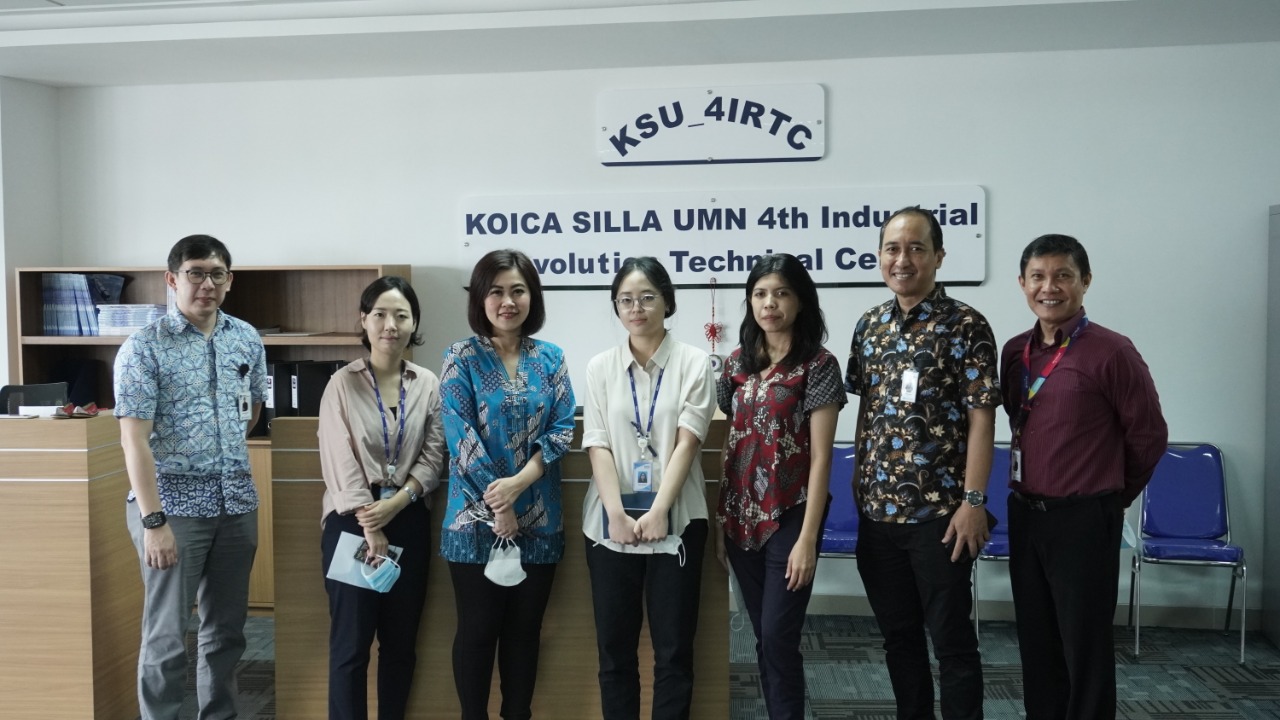
UMN and KOICA Discuss the Continuity of the Batch III KSU 4 IRTC Program
June 26, 2022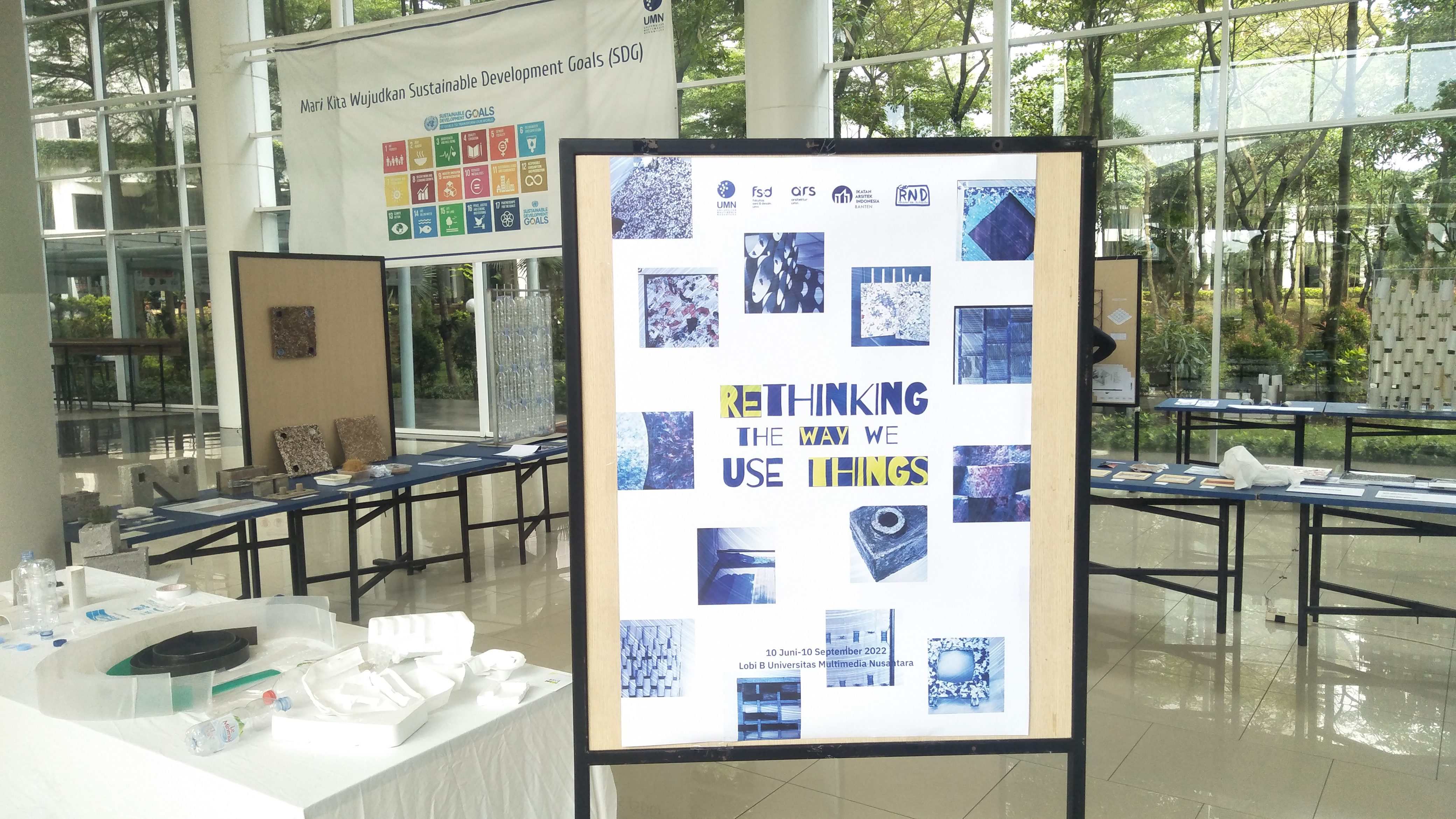
TANGERANG – The Architecture students of Multimedia Nusantara University (UMN) who took the “Architecture and Waste” course held an open exhibition with the tagline “Rethinking The Way We Use Things.” The exhibition aims to educate the public on various ways that can be done to process plastic waste and also to fulfill the students’ final semester assignments.
This exhibition is open to the public and is held in the main lobby of UMN from Friday (10/6/22) to Thursday (30/6/22). The purpose of the exhibition was to appreciate the hard work of students, train students to think critically, and educate the public and students about the issue of plastic waste. This student exhibition is under the guidance of Tatyana Kusumo (Tatyana) and Apriani Kurnia Sarashayu (Raras) as the lecturers.
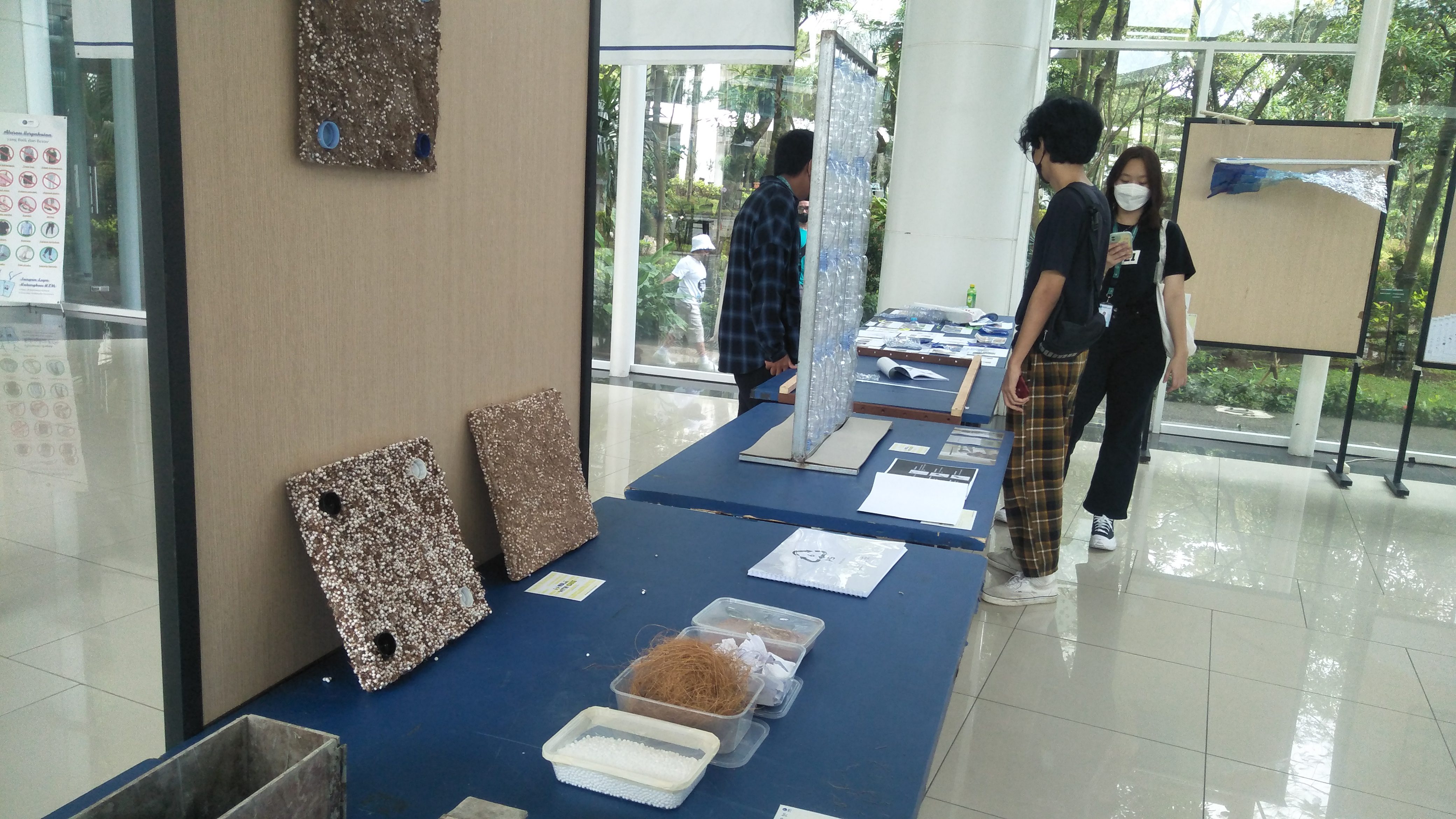
Rethinking The Way We Use Things, an exibition of UMN Architecture students’ works. (doc. UMN)
Anjanette Lidwana Stephany (Fani), one of the students involved in the exhibition, explained that the final task of the Architecture and Waste class was to process plastic into an element of a new architectural model. There are 7 types of processed plastic used in this course: PET, HDPE, PVC, LDPE, PP, PS, and O.
In a total of 2 classes, there are 14 groups, which are then divided into 7 groups per class according to the 7 types of plastic to be processed. For example, Fani’s group obtained the HDPE plastic and processed it into partitions (borders between rooms). Briefly, Fani explained the process of making the modular partition.
“Before the mid-semester exams, we were asked to research material properties and to what extent it can be elaborated and collect the plastic waste we use. Since there are various types of waste, we can also exchange between groups that need the type of waste we may have,” Fani said.
Tatyana also added that the workshop is carried out in collaboration with gudRnd, an art community open to the public and has funds, tools, and tutors to help develop works of art with various types/backgrounds.
From Fani’s group, the partitions were made through several processes: washing the plastic, chopping it up, putting it in the oven, and then forming it into a box module cut in size 25 x 25 cm. Fani said, “In this course, we don’t focus on the success, but rather the process.”
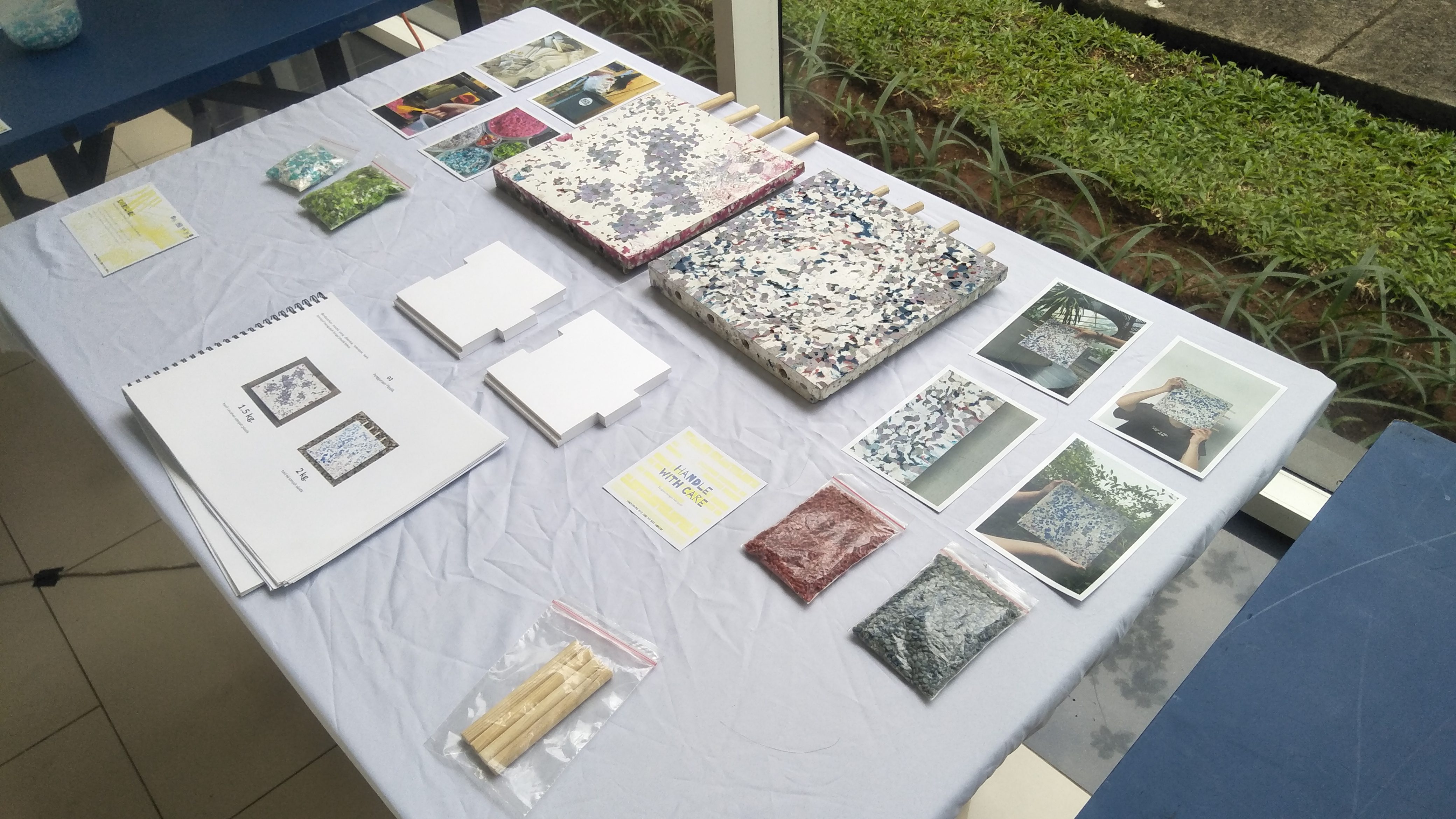
One of UMN Architecture students’ work. (doc. UMN)
Regarding the evaluation criteria for the final project, Raras said that the assessment is more about the process. “The Architecture and Waste course is new. So it is also a new experience for me and Tatyana. Hence, this course aims for the thought process and problem-solving.
From the open exhibition Rethinking The Way We Use Things, Fani shared that she gained new knowledge and experiences.
“Now I can really see how every time we use plastic waste, you can’t just destroy it. There is a bit of guilt because we know that plastic will go through a long process to decompose, and we also know that not all plastic can be recycled. Therefore, the focus now is how do we reduce our personal plastic consumption,” Fani said.
Meanwhile, Tatyana and Raras, as lecturers for this inaugural course at UMN, hope that in the future, there will be more experimental courses like this one and make students have more thorough thinking processes and can answer questions they make themselves.
By Iglo Montana | UMN News Service
Kuliah di Jakarta untuk jurusan program studi Informatika | Sistem Informasi | Teknik Komputer | Teknik Elektro | Teknik Fisika | Akuntansi | Manajemen| Komunikasi Strategis | Jurnalistik | Desain Komunikasi Visual | Film dan Animasi | Arsitektur | D3 Perhotelan | International Program, di Universitas Multimedia Nusantara. www.umn.ac.id
